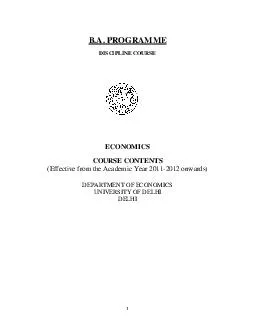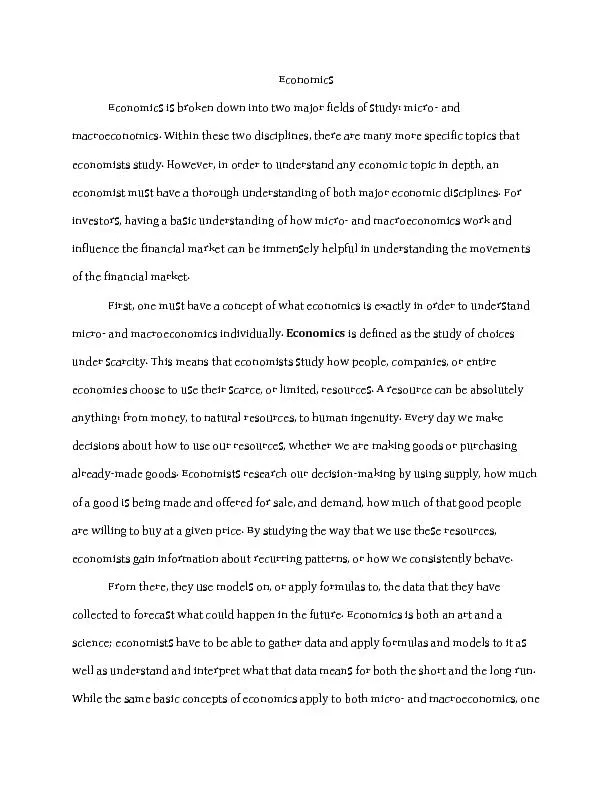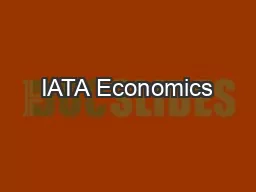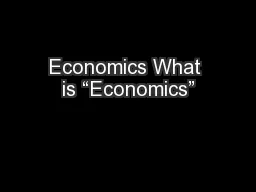PPT-UNIT 11: PERSONAL ECONOMICS
Author : luanne-stotts | Published Date : 2019-11-09
UNIT 11 PERSONAL ECONOMICS MONEY WORK THE NATIONAL amp GLOBAL ECONOMY Exam Instructions reminders Answer all questions Have at least two black pens and a calculator
Presentation Embed Code
Download Presentation
Download Presentation The PPT/PDF document "UNIT 11: PERSONAL ECONOMICS" is the property of its rightful owner. Permission is granted to download and print the materials on this website for personal, non-commercial use only, and to display it on your personal computer provided you do not modify the materials and that you retain all copyright notices contained in the materials. By downloading content from our website, you accept the terms of this agreement.
UNIT 11: PERSONAL ECONOMICS: Transcript
Download Rules Of Document
"UNIT 11: PERSONAL ECONOMICS"The content belongs to its owner. You may download and print it for personal use, without modification, and keep all copyright notices. By downloading, you agree to these terms.
Related Documents














